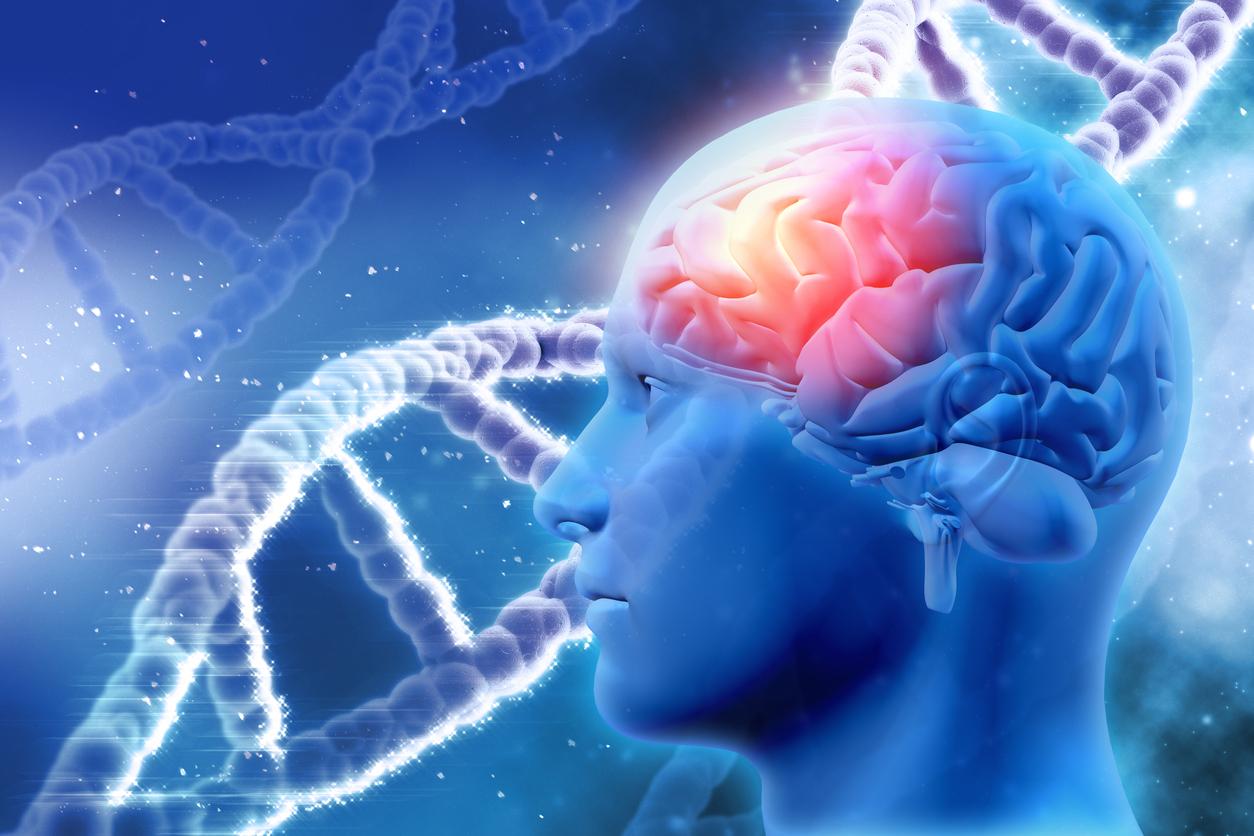Researchers have treated narcolepsy with a drug originally used for multiple sclerosis.

- Narcolepsy is characterized by excessive daytime sleepiness and irrepressible drowsiness that can occur at any time of the day.
- Researchers have managed to reduce a patient’s symptoms using a treatment for multiple sclerosis, an autoimmune disease.
- Other studies had already shown that cells producing hypocretin (a neurotransmitter that keeps people awake) could survive an autoimmune attack.
1 in 3 to 5,000 people are affected by narcolepsy, according to National Institute of Health and Medical Research (Inserm). This chronic disease is characterized by excessive daytime sleepiness and uncontrollable sleepiness that can occur at any time of the day. Nighttime sleep duration for those affected is usually normal but of poor quality. According to Inserm, this pathology is incurable.
Narcolepsy, a disease caused by an autoimmune attack
But a new study, published in the journal JAMA Network, may well offer new hope for a cure. In this work, the researchers report the case of Kelsey Biddle, a patient who began to have severe drowsiness in 2018 and who participated in this clinical trial.
Narcolepsy may possibly be accompanied by attacks of cataplexy, a sudden loss of muscle tone, depending on the Vidal. Today we talk more about narcolepsy type 1 instead of narcolepsy with cataplexy. According to Reference Center for Rare Narcolepsies and Hypersomniasnarcolepsy type 1”is caused by the almost complete and exclusive deficiency of a neurotransmitter [qui maintient les gens éveillés et alertes] : hypocretin (also called orexin), by selective loss of hypothalamic neurons synthesizing it.”
The researchers of the study wanted to confirm or refute that narcolepsy type 1 develops because of an autoimmune attack on a part of the brain. Indeed, some scientists believe that this disease could be autoimmune like type 1 diabetes, that is to say due to a dysfunction of the immune system causing it to attack normal constituents of the body. Some experts also believe that it would be possible to save certain neurons in danger and reduce the severity of symptoms.
Reduction of symptoms of narcolepsy
The most important genetic risk factor for narcolepsy type 1 is a variant of the human leukocyte antigen (HLA) gene. Normally, the HLA encodes a protein that participates in the activation of T cells.”We thought: if it’s primarily T-cell focused, let’s try to stop the T-cells from moving around the brain“, explains Tom Scammell about the case of Kelsey Biddle.
The patient first received intravenous immunoglobulin (IVIg) but tolerated it poorly. So the scientists gave him natalizumab, a drug approved by the Food and Drug Administration (FDA) for use in patients with multiple sclerosis, an autoimmune disease. So the levels of hypocretin in Kelsey Biddle’s cerebrospinal fluid went down. Scientists believe that genes are not killed by narcolepsy. Based on the improvement in the patient’s symptoms, the research team decided to stop the natalizumab treatment after a few months, but they wonder if they would have observed a greater effect by starting earlier.
Other researchers have also worked on this subject. In this study published in the PNAS review, scientists argue that in people with narcolepsy type 1, hypocretin-producing cells may survive an autoimmune attack. “Our results suggest that people with narcolepsy did not lose their hypocretin neuronssays Mehdi Tafti one of the authors. This gives us hope that the state of the disease could be reversed.“


















